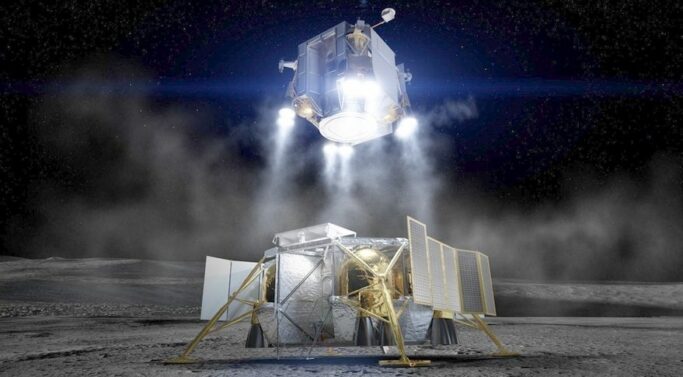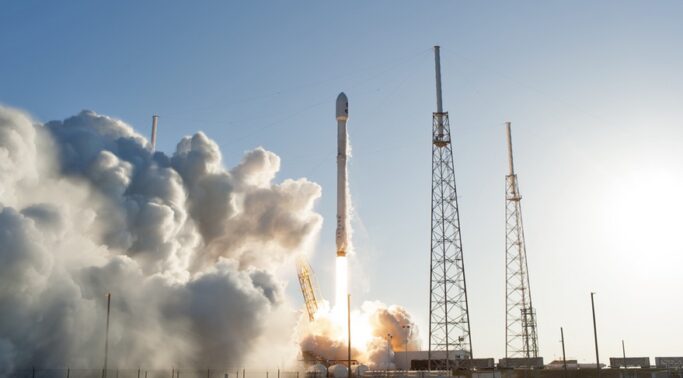
Credit: SpaceX
The year 2018 saw a wide range of milestones in spaceflight, stretching all the way from the sun to the edge of interstellar space.
Space agencies launched missions to explore several planets in the solar system, as well as the sun. A long-running space-tourism company performed its first spaceflight (at least by one definition). And who can forget that rocket launch that carried a dummy astronaut and car toward a Martian orbit? [100 Amazing Space Photos from 2018]
Here are some of the highlights of this year’s spaceflight activities.
1) NASA’s InSight lands on Mars

Credit: NASA/JPL-Caltech
NASA’s newest Red Planet spacecraft made a safe touchdown on Elysium Planitia on Nov. 26, ushering in a new era of Martian science. As a stationary lander, InSight is a departure from NASA’s roving trend; NASA’s last surface mission to Mars was the Curiosity rover, which touched down in 2012 (and is still healthy and active as it climbs Mount Sharp or Aeolis Mons); the space agency also plans to send another rover in 2020. But staying still is necessary for the science InSight will perform. It will listen for marsquakes and volcanic activity, track the wobble of the Red Planet’s axis and probe the structure of the Red Planet’s interior. (Also accompanying InSight on the flight to Mars were two cubesats, which are discussed later in this article.)
The arrival of InSight was all the sweeter because a leak in the spacecraft’s seismometer forced a two-year delay from its original launch date in 2016. At the time, NASA wasn’t even sure if the mission could go forward due to the increased cost that fixing the problem would entail. A science review determined that InSight’s mission is fundamental to understanding the interior of all rocky planets, including Earth, and that letting it fly would be the best decision on scientific grounds. InSight is now setting up its instruments and should be ready to start gathering science data soon.
2) Soyuz crew launch abort

Credit: Bill Ingalls/NASA
NASA astronaut Nick Hague and Russian cosmonaut Alexey Ovchinin were just minutes into their Expedition 57 flight to space on Oct. 11 when a deformed sensor on their Soyuz rocket forced a launch abort. The two men made an emergency landing in Kazakhstan (the country from which they launched). Hague and Ovchinin emerged in good physical shape and were immediately promised another spaceflight attempt (which was later scheduled for Feb. 28, 2019).
For a few weeks, it was uncertain what effect the anomaly would have on the International Space Station, which has been continuously crewed since 2000. The Expedition 56 crew on board said they were ready to stay in space as long as needed, but their flight was technically supposed to last only six months — until late December. After Roscosmos (the Russian space agency) quickly wrapped up the investigation and implemented a fix, the Expedition 58 launch was pushed three weeks earlier to Dec. 3 to let the orbiting crew come home on time. Space station activities will continue a normal rotation, but for the time being, crews will mostly consist of three people instead of six
Read More HERE
Posted on December 27, 2018 in Space Travel 2018



